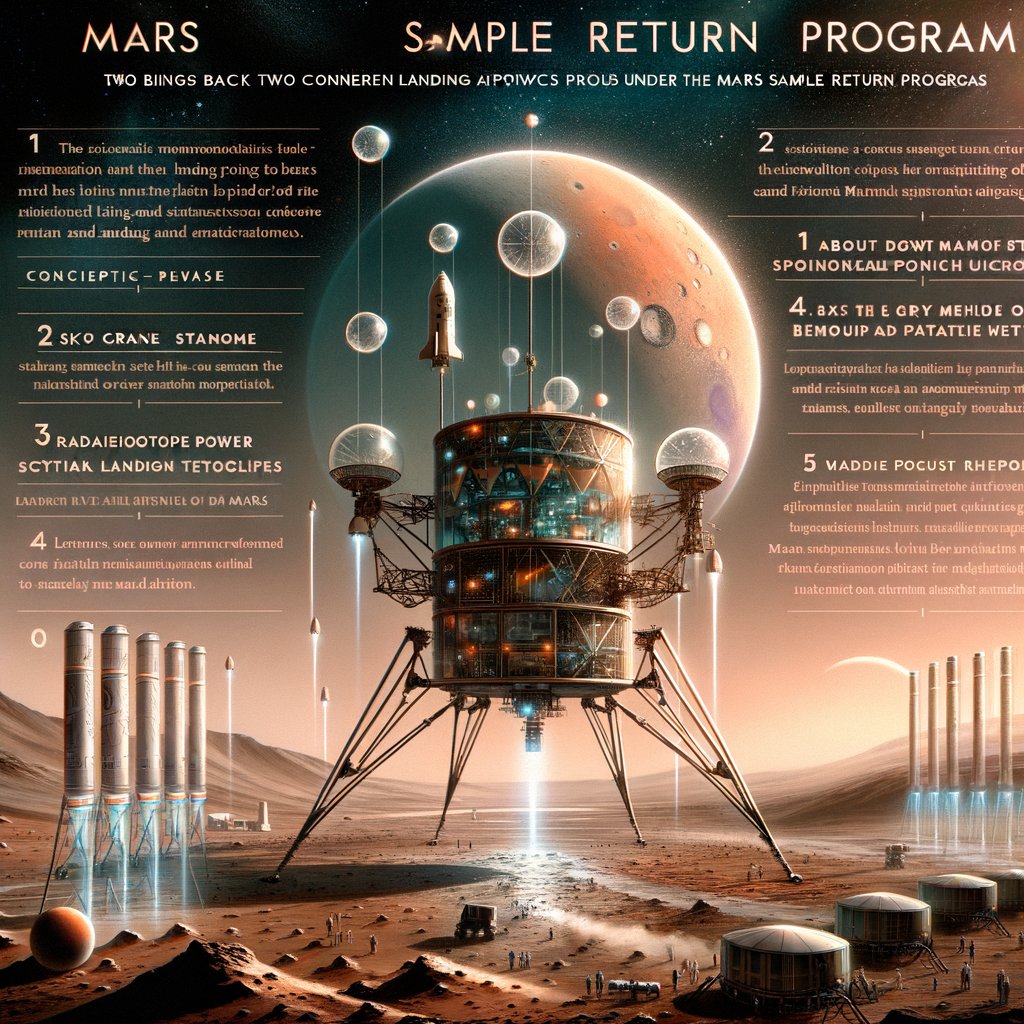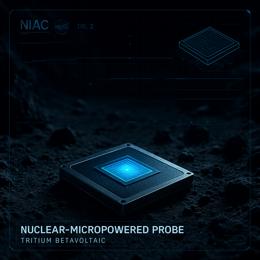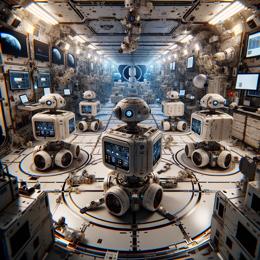Image created by AI
NASA's Dual Path Strategy for Mars Sample Return Aims to Revolutionize Our Understanding of Mars
In a significant strategic move, NASA has declared its intention to pursue two concurrent landing approaches for the Mars Sample Return Program. This innovative dual-path strategy is designed to enhance the probability of success in retrieving the first Martian rock and sediment samples. Such a seminal endeavor is not just about interplanetary fetch quests; it could pivotally expand our understanding of Mars, potentially altering our fundamental views on life in the universe.
Announced on a recent Tuesday, this approach promises to foster a competitive and innovative environment, driving down costs and ensuring adherence to the schedule. According to NASA Administrator Bill Nelson, the decision to move forward with two potential paths was primarily to optimize the mission's success likelihood while economizing both time and resources. Nelson emphasized the potentially transformative impact of the Martian samples in our comprehension of Mars and, by extension, our place in the cosmos.
The conceptual phase will see NASA exploring two distinct methodologies for landing the payload platform essential for the Mars Sample Return. The first leverages proven technology, utilizing the sky crane method successfully demonstrated in the Curiosity and Perseverance rover missions. The alternative path will investigate new commercial landing technologies that could provide fresh capabilities for landing on Mars.
Moreover, each landing strategy is designed to incorporate a scaled-down version of the Mars Ascent Vehicle and a radioisotope power system to replace solar panels, ensuring functionality even during Mars' notorious dust storms.
In terms of the scientific payload, the mission is monumental. The landed platform aims to launch about 30 sample tubes, which have been collected on the Martian surface by the Perseverance rover, into Martian orbit. These samples will eventually be intercepted and returned to Earth by the ESA’s (European Space Agency) Earth Return Orbiter, where they will undergo extensive analysis in state-of-the-art facilities. This phase, crucial for backward planetary protection, ensures that Martian material does not contaminate Earth's environment.
Nicky Fox, head of NASA’s Science Mission Directorate, voiced her enthusiasm about the mission's potential to unlock Mars' geological and atmospheric histories and to illuminate conditions before life arose on Earth. According to her, understanding Martian climate evolution and assessing past life viability stands to not only bolster our historical knowledge but also prepare us for eventual human exploration.
NASA expects to finalize the preferred mission architecture from the dual approaches by the second half of 2026, following comprehensive assessments and evaluations. This eventual selection will be foundational in shaping the final phases of the Mars Sample Return, purportedly marking a significant leap in interplanetary science and exploration.
The Mars Sample Return Program stands as a testament to the robust, evolving nature of space exploration, adapting and innovating in the relentless pursuit of knowledge.










